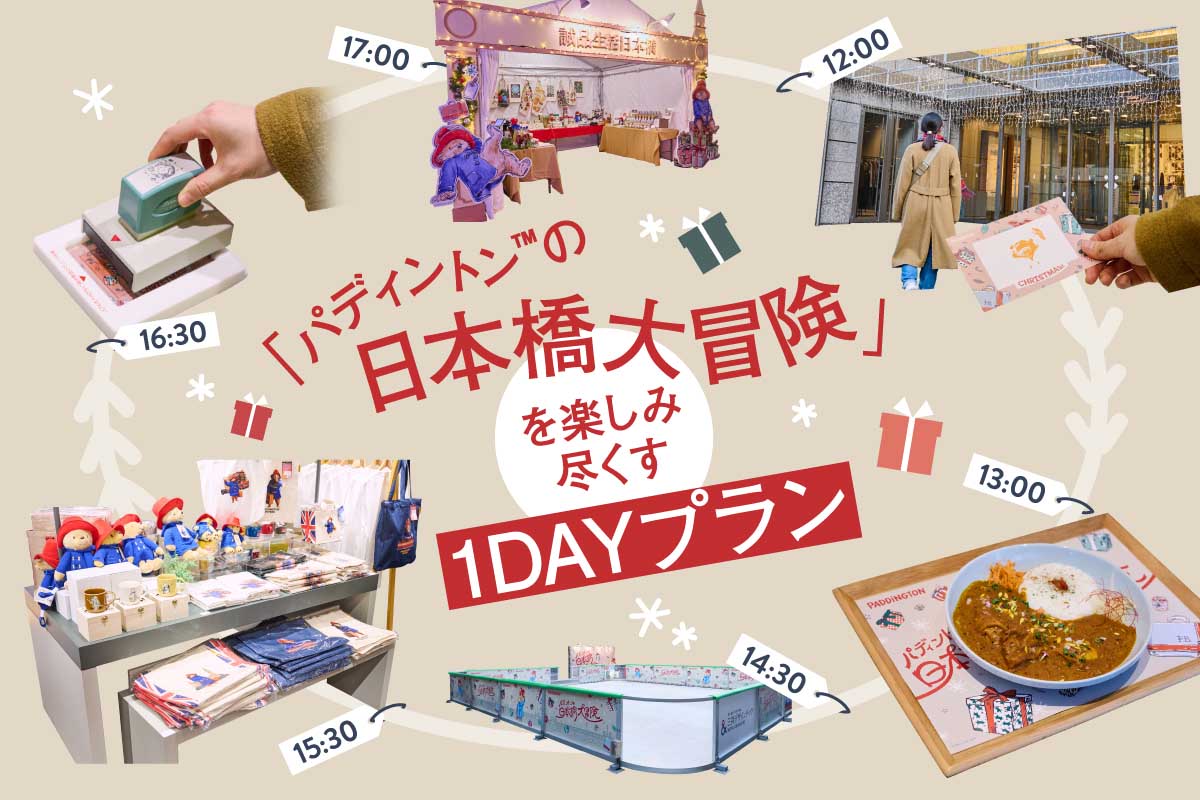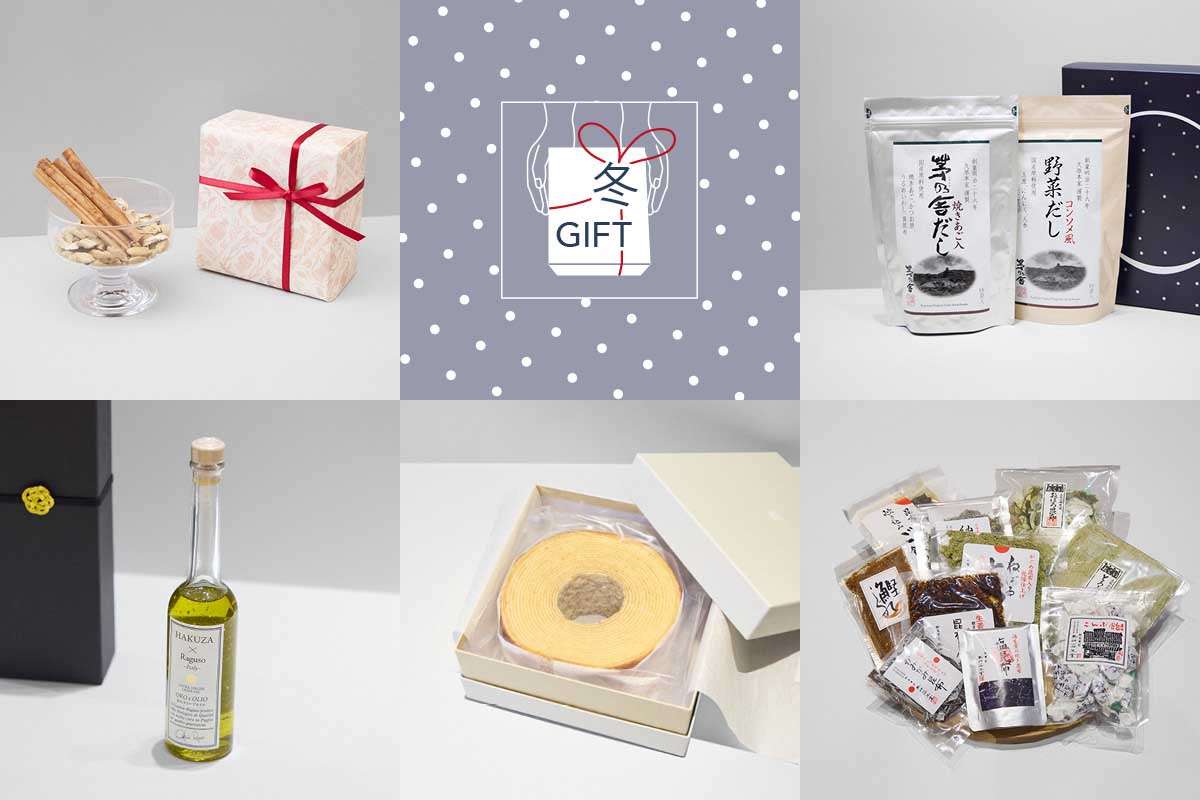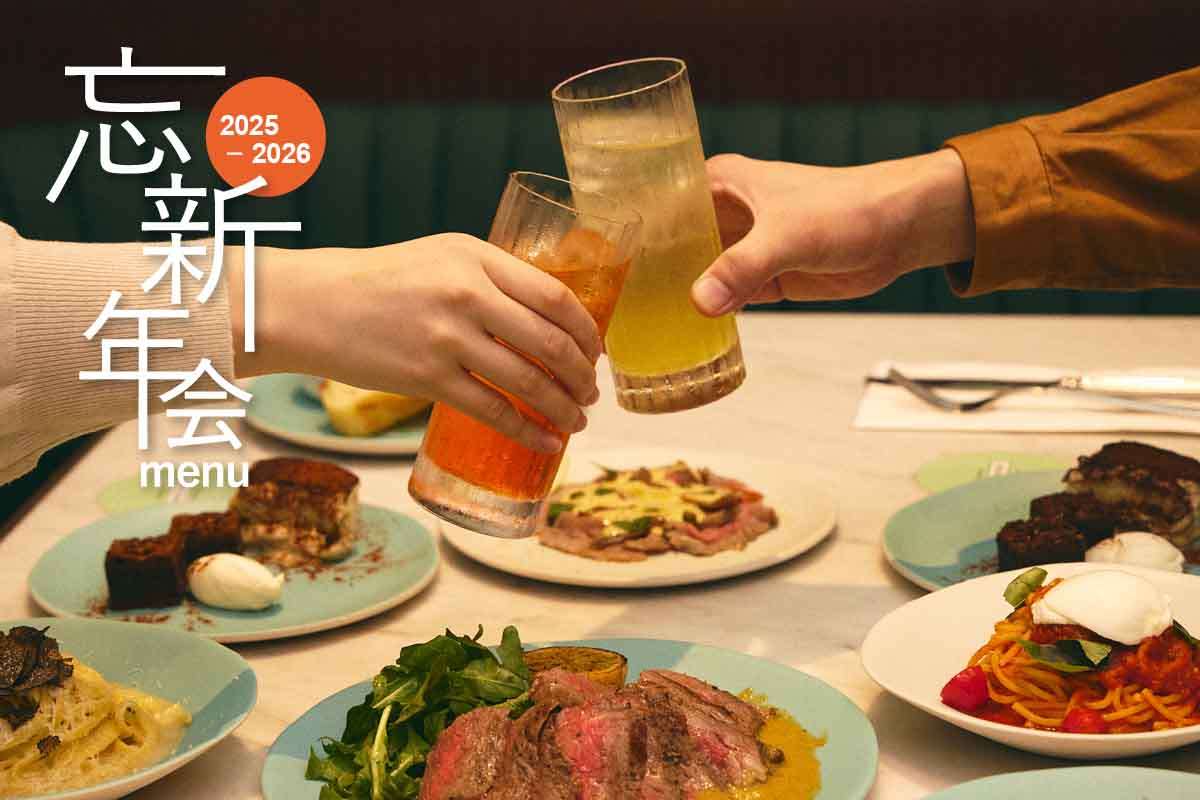ARTICLE
I want to feel cool!
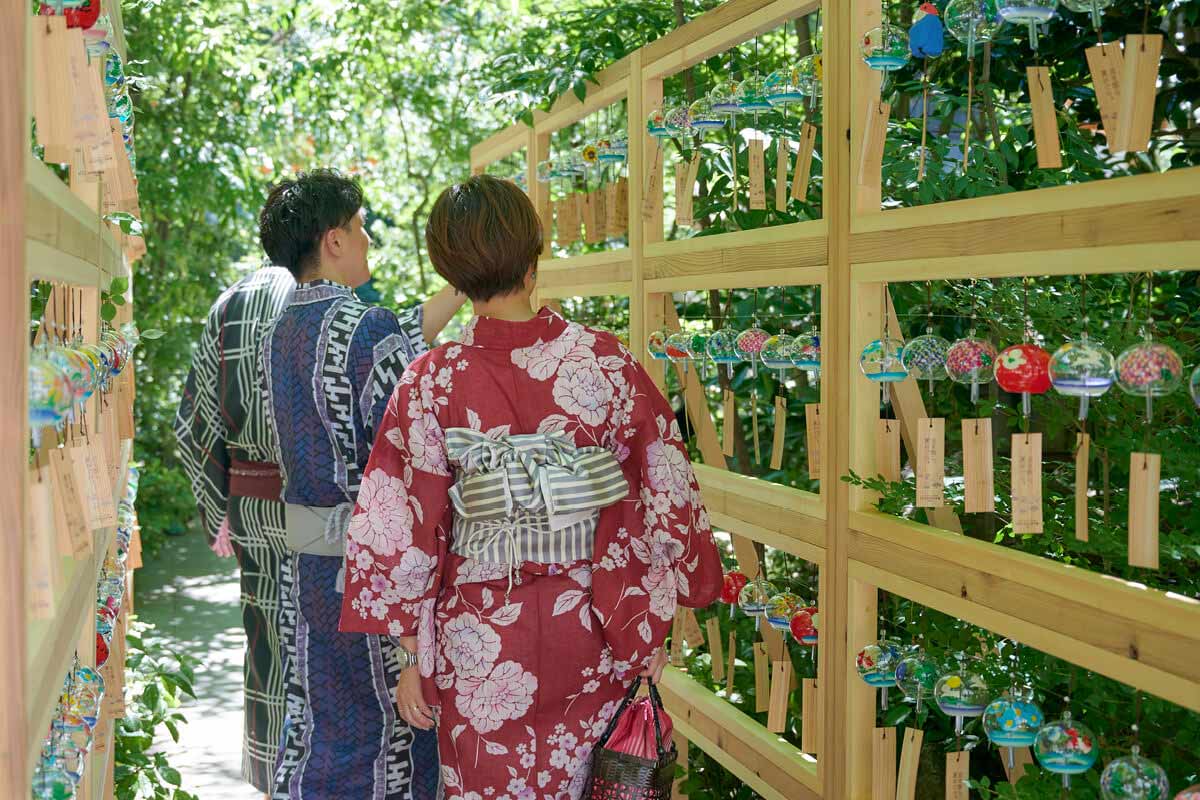
-
The sweltering heat continues throughout the summer. It seems like you'd quickly get exhausted without an air conditioner, but how on earth did people in the Edo period beat the heat? Why not incorporate the "summer wisdom" of the Edokko into your life, which is still useful today, and cool down in style?
In conjunction with the "ECO EDO Nihonbashi 2023 - Touring, Connecting, Edo Wisdom" event, which is being held in Nihonbashi, Yaesu, and Kyobashi areas until Sunday, September 3rd, we will introduce Edo wisdom that will make you feel cool and eco-friendly. -
Enjoy walking around the city in a yukata
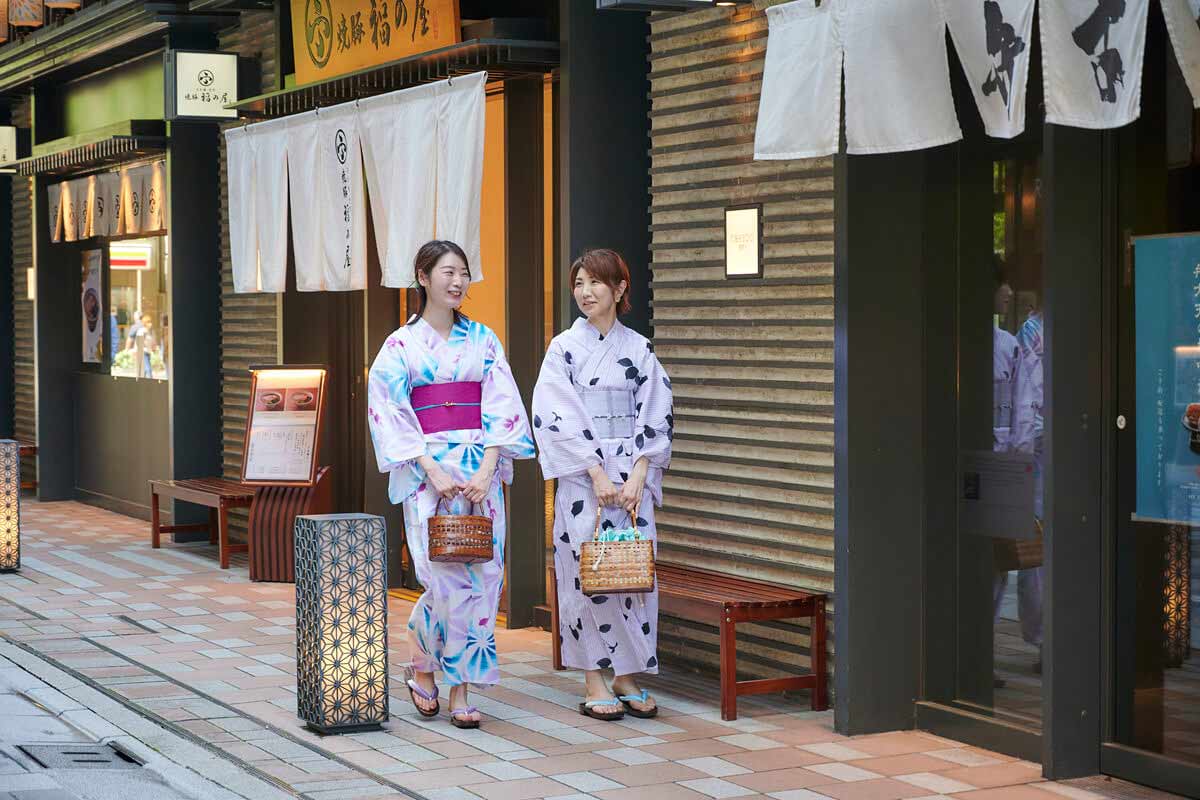
When thinking of summer Japanese clothing, many people may think of the "yukata," but its origins date back to the Heian period. At that time, aristocrats wore a hemp kimono called a "yukatabira" when bathing. Although they were bathing, they did not immerse themselves in hot water, but rather wore a steam bath, so they never entered the bath naked.
Over time, yukata changed from hemp to cotton and began to be worn after baths and as nightwear. However, it wasn't until the mid-Edo period that they became popular among the common people as yukatas, a whopping 1,000 years later. It is said that this started with the spread of public baths. At first, they were worn after bathing like Bus, but later evolved into clothing that could be worn outside, and by the Meiji period, the culture of enjoying yukatas as fashion had blossomed.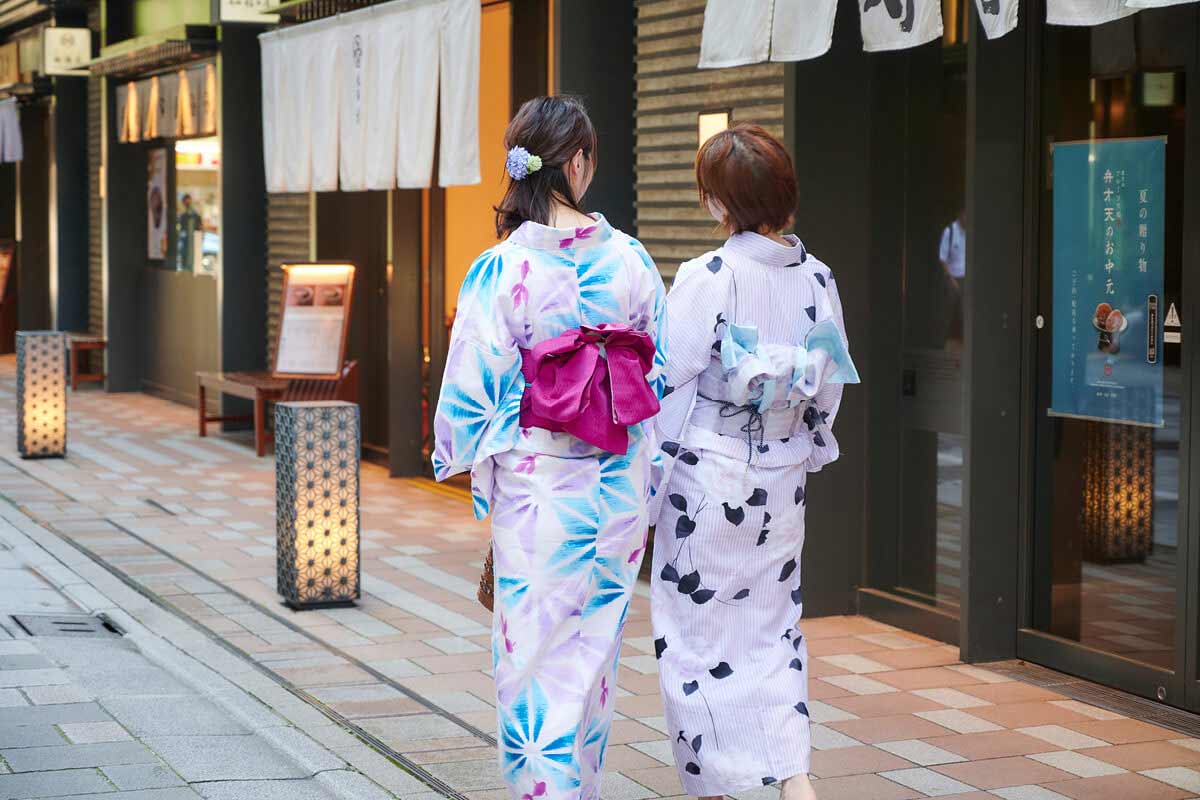
This summer, during the "ECO EDO Nihonbashi 2023" event, eight "Yukata Services Spots" in Nihonbashi area will be offering special prices for dressing and rentals. You can enjoy wearing a yukata empty-handed, so it is recommended for those who are not familiar with Japanese clothing. Walking around the city in your own yukata will make you feel like a townsperson of the Edo period. The scenery of Nihonbashi will look fresh and different from usual.
Walking around town in a yukata
July 7th (Friday) - September 3rd (Sunday)
Services store here
* Services and dates vary by store.
*For details on Services and how to make reservations, please see the information for each Services. -
Take a look and listen to Edo wind chimes
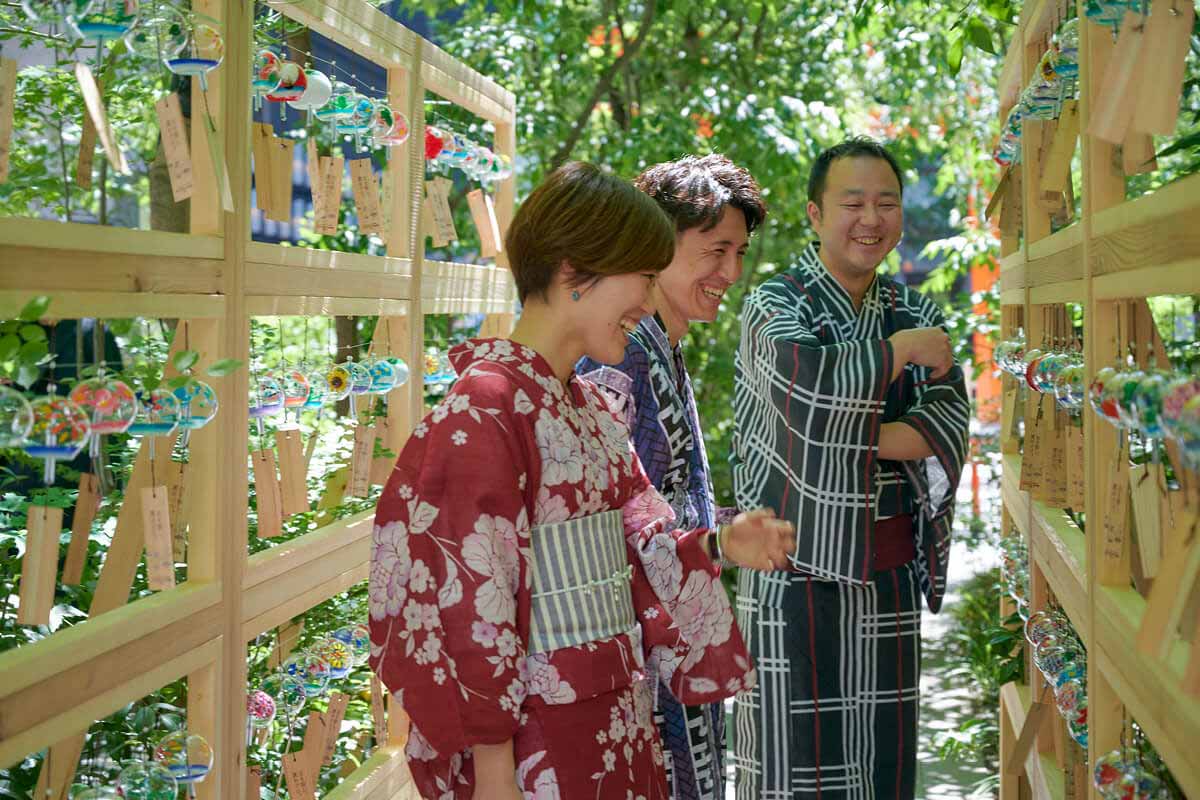
"Edo wind chimes" are made using the same manufacturing methods as in the Edo period. With their beautiful transparency and crisp sound, they are a symbol of summer, providing a refreshing feeling to the eyes and ears. When you think about how people who lived in Edo probably enjoyed the same sound, you can feel the atmosphere even more deeply.
The origins of wind chimes in Japan date back to the Nara period, when bronze bells called "futaku" were brought to Japan by Japanese envoys to the Tang Dynasty. Futaku became popular as a tool to ward off evil spirits, and even today they can be seen hanging from the four corners of the eaves of temples and other buildings. During the Kamakura period, they also began to be hung from the eaves of aristocrats' mansions as a talisman.
After that, metal wind chimes became popular as small wind chimes, but over time, glass wind chimes appeared in the mid-Edo period. However, glass products at that time were very expensive. At the end of the Edo period, wind chimes made of blown glass with colored painting, similar to modern-day "Edo wind chimes," became popular. In the Meiji period, glass products fell in price to a level that common people could afford, and "wind chime sellers" began to appear, peddling wind chimes.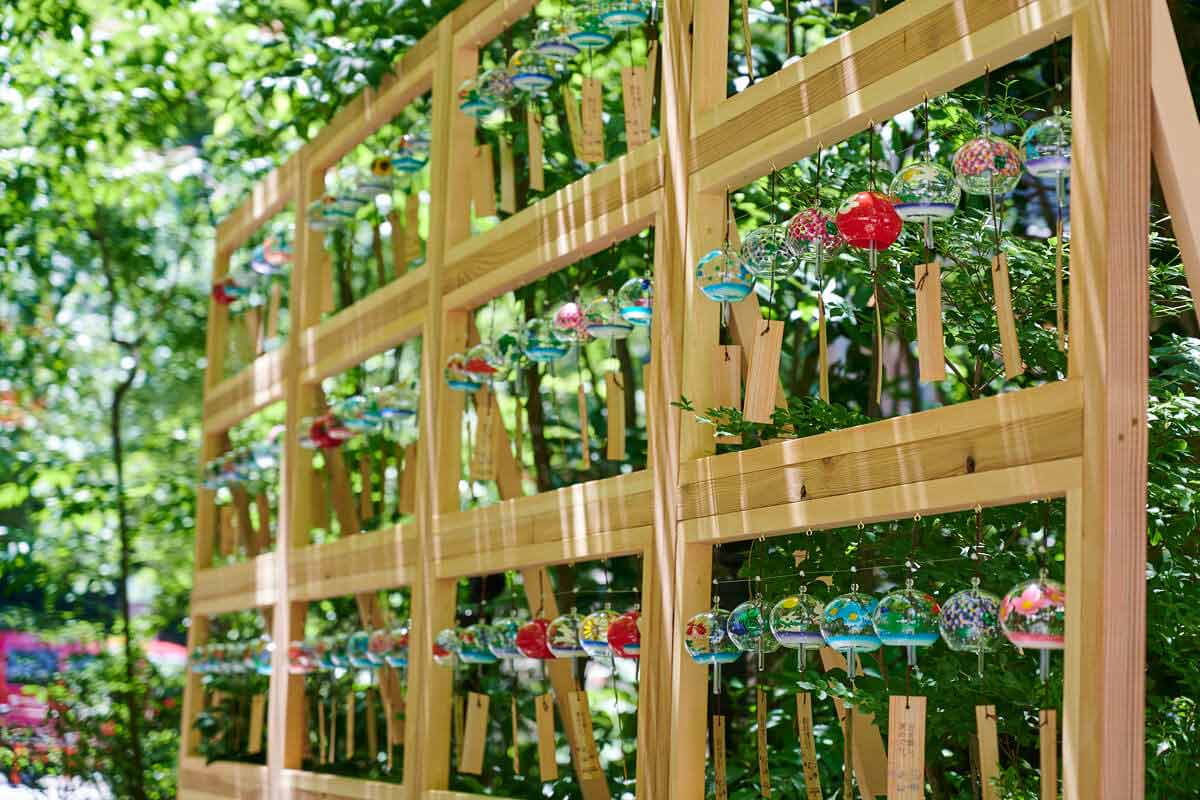
At "ECO EDO Nihonbashi 2023," there will be five wind chime spots in Nihonbashi and Yaesu districts, including the "Forest Wind Chime Path" where about 200 Edo wind chimes are lined up next to Fukutoku Shrine, where you can enjoy cool tones. Each wind chime is handmade and full of personality, making them perfect for posting on social media! They will be LightUp up at night, allowing you to enjoy a different atmosphere than during the day.
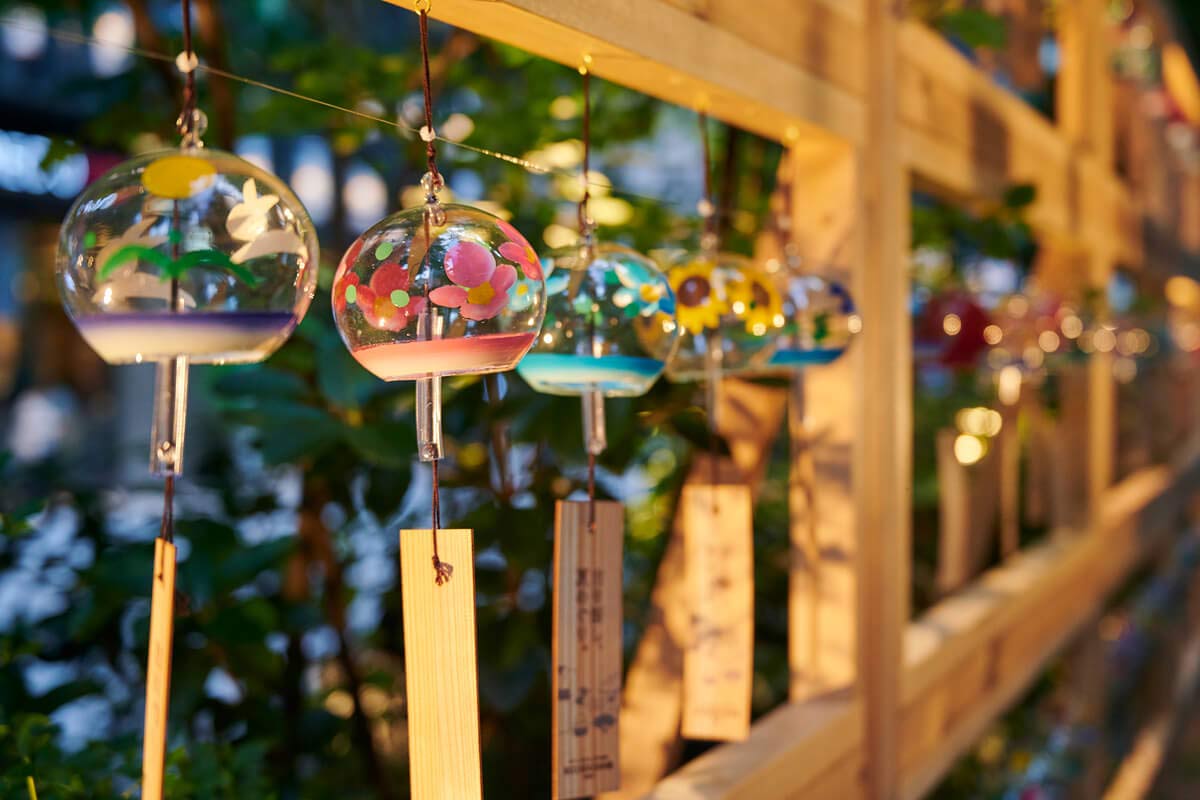
A wind chime spot to enjoy the summer
July 7th (Friday) - September 3rd (Sunday)
Click here for a list of wind chime spots -
Let's lower the temperature by sprinkling water on the ground
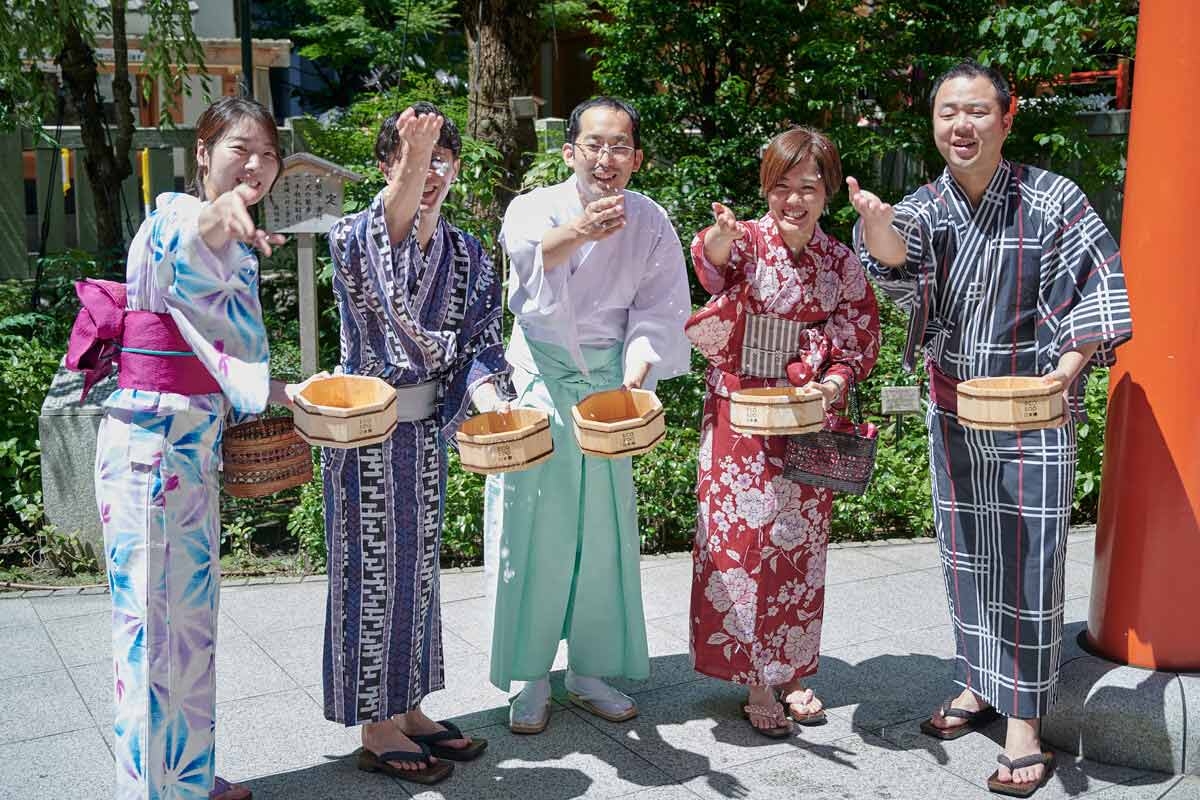
In recent years, the value of "uchimizu" has been reevaluated as a measure against the heat island phenomenon and global warming. When water evaporates, it absorbs heat from the surrounding area, which releases heat from the ground and helps lower the surrounding temperature.
Uchimizu is an ancient Japanese culture, originally meant to purify the path for the gods to walk along. It later became established as a tea ceremony etiquette, and by the Edo period it had become popular among the common people as well. It was used not only as a way to cool down, but also to purify the path when inviting guests, to calm the dust on the road, and as a form of hospitality, and it became widespread.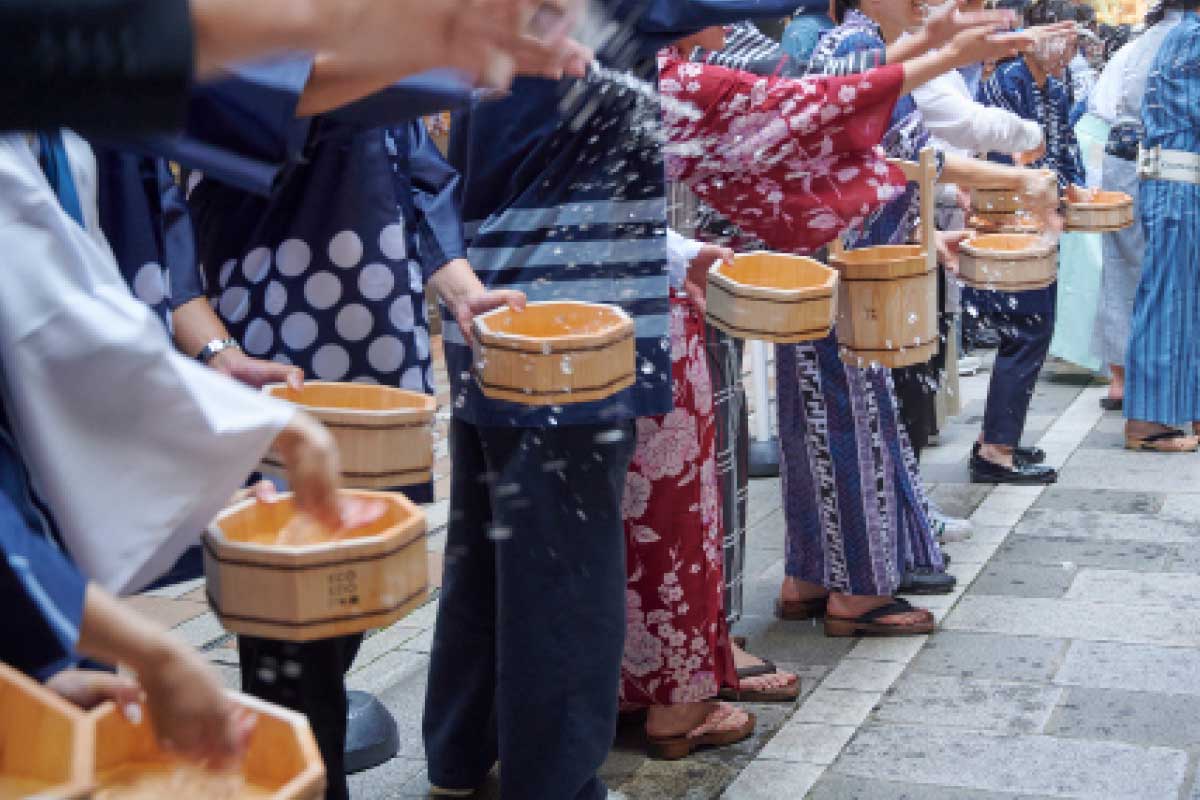
For "ECO EDO Nihonbashi 2023," we will be holding a water sprinkling event on Nakadori Street near Fukutoku Garden for two days, on August 10th (Thursday) and August 11th (Friday, national holiday). This eco-friendly water sprinkling event will be held in collaboration with participating companies in Nihonbashi area, using recycled water from surrounding facilities. Anyone can participate, whether they work in Nihonbashi or are just visiting. Please use the water sprinkling flag as IN to gather.
"Sprinkle water on a sunny day!" Nihonbashi
August 10th (Thursday), August 11th (Friday/Holiday) 11:30-18:00
Location: Nakadori (near Fukutoku Shrine)
*Cancelled due to rainy or stormy weather -
Let's try shaved ice bar hopping
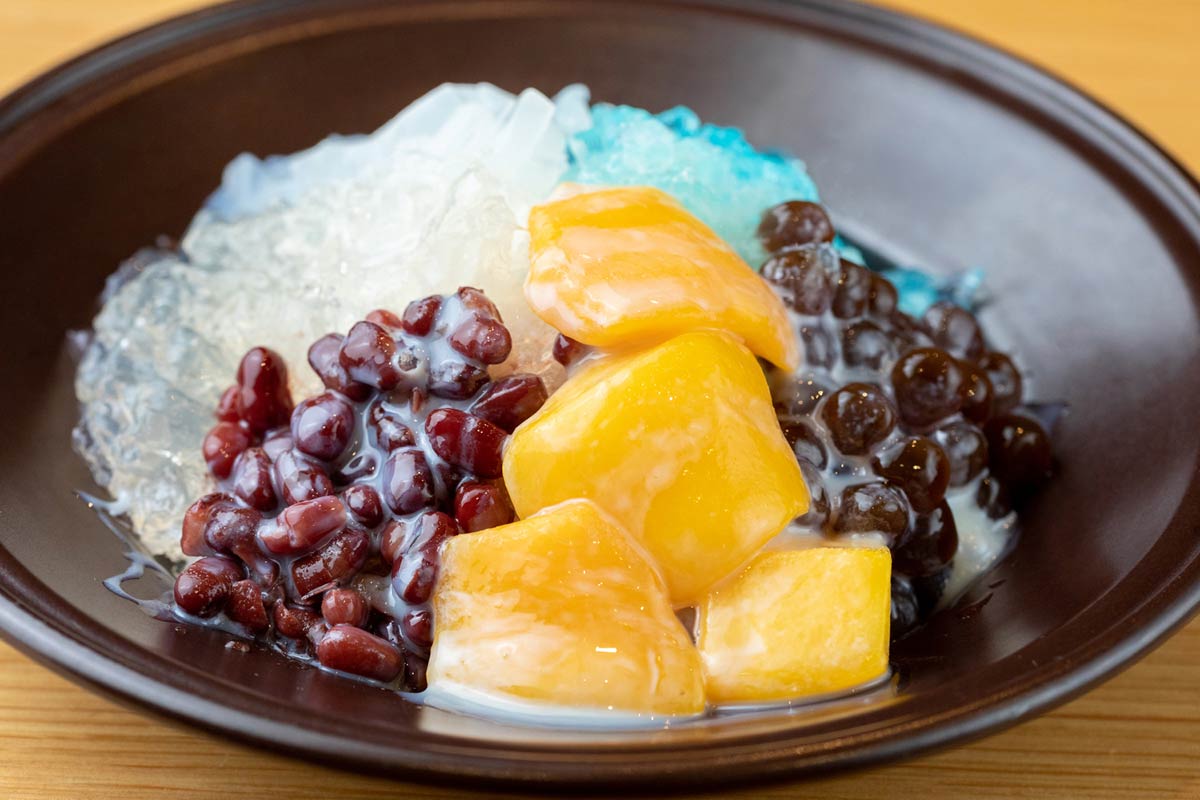
Shaved ice is a summer treat that is now enjoyed casually, but it was extremely valuable in the days when there was no ice-making technology. It was mentioned as "Kezurihi" (shaved ice) in Sei Shonagon's "The Pillow Book" in the Heian period.
It is said that even the Tokugawa Shogunate enjoyed shaved ice during the Edo period. There is an anecdote that the Kaga Domain stored snow and ice in their icehouses, took it out on the first day of the sixth month of the lunar calendar, and sent it to the Shogunate by courier over a four-day, day and night journey.
Towards the end of the Edo period, ice became more readily available as it became possible to transport large amounts of ice from the north to Edo by ship, and ice was imported from Boston in the US to Yokohama Port, but it was still expensive. In the Meiji period, Japan's first shaved ice shop opened, and ice gradually became available to the common people.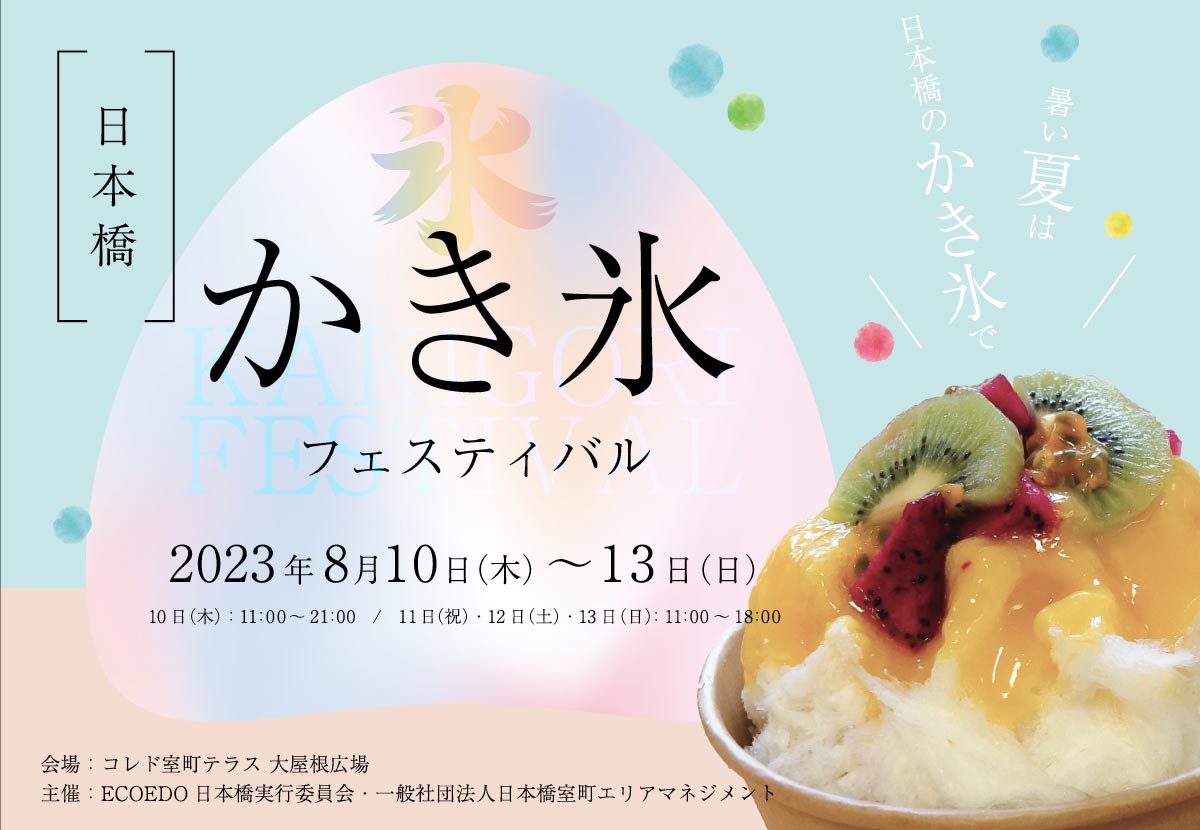
ECO EDO Nihonbashi 2023 will be hosting the Nihonbashi Shaved Ice Festival 2023 for the first time, where shaved ice from various restaurants in Nihonbashi will be gathered at COREDO Muromachi Terrace Large Roof Plaza for four days from Thursday, August 10th to Sunday, August 13th. Nihonbashi 's long-established restaurants, department stores, hotels, and commercial facilities will set up shaved ice stalls. From classic shaved ice such as strawberry and matcha to more unusual shaved ice, you can enjoy a wide variety of shaved ice at your leisure. If the people of Edo were to travel back in time, they would surely be excited and think it would be like a dream.
Nihonbashi Shaved Ice Festival 2023
Thursday, August 10th to Sunday, August 13th
Location: COREDO Muromachi Terrace 1F Large Roof Plaza
Learn more
RECOMMENDED
![[2025 Summary] Writer's Choice: 10 COREDO Muromachi Dishes You'll Want to Try Again](/urban/muromachi/special/23-085/wp-content/uploads/2025/12/251226-01-main.jpg)
